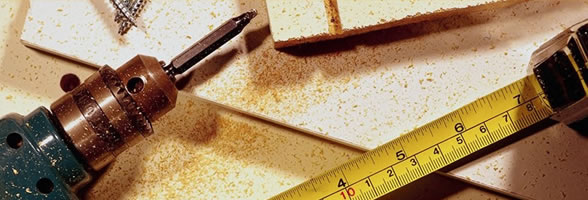
Clues to histopathological diagnosis of treated leprosy
Joshi R. Clues to histopathological diagnosis of treated leprosy. Indian J Dermatol 2011;56:505-9.
Available from: www.e-ijd.org/text.asp?2011/56/5/505/87132
Current recommendations for multidrug therapy (MDT) of leprosy follow a fixed duration of treatment regardless of clearance of skin lesions or presence or absence of acid-fast bacilli in the skin.
A fairly high percentage of patients with leprosy who complete recommended duration of multi-drug therapy are left with residual skin lesions which are a great source of anxiety to the patient and the family.
A small percentage of patients go on to develop new lesions after completion of treatment which may be either late reactions or relapse.
Many such patients undergo skin biopsy to assess 'activity' of the disease. Hardly any literature exists on the histological findings in biopsies taken from patients who have completed MDT.
Materials and Methods : This article describes histomorphological findings in patients with treated leprosy who underwent skin biopsies after completion of MDT because they either had persistent lesions or developed new lesions on follow-up. Results : Histology of treated leprosy may show findings that are diagnostic for leprosy (histology active) or findings that by themselves are not diagnostic for leprosy (histology inactive) but may be used as clues in confirming that the persistent skin lesions are histologically inactive and need no further treatment. These findings may be divided into 1. Epidermal findings, 2. Alterations in dermal stroma, and 3. Morphological characteristics of the dermal inflammatory infiltrate. Conclusion : Awareness of histomorphological changes that occur in skin lesions of leprosy after completion of treatment can aid the pathologist to determine whether the lesions are active or inactive histologically and assist the clinician to convince the patient that his disease is inactive and does not need further treatment.
